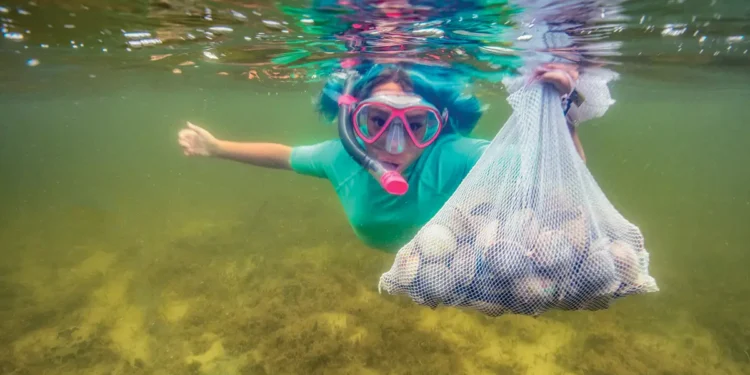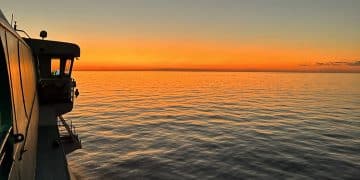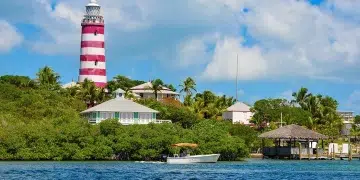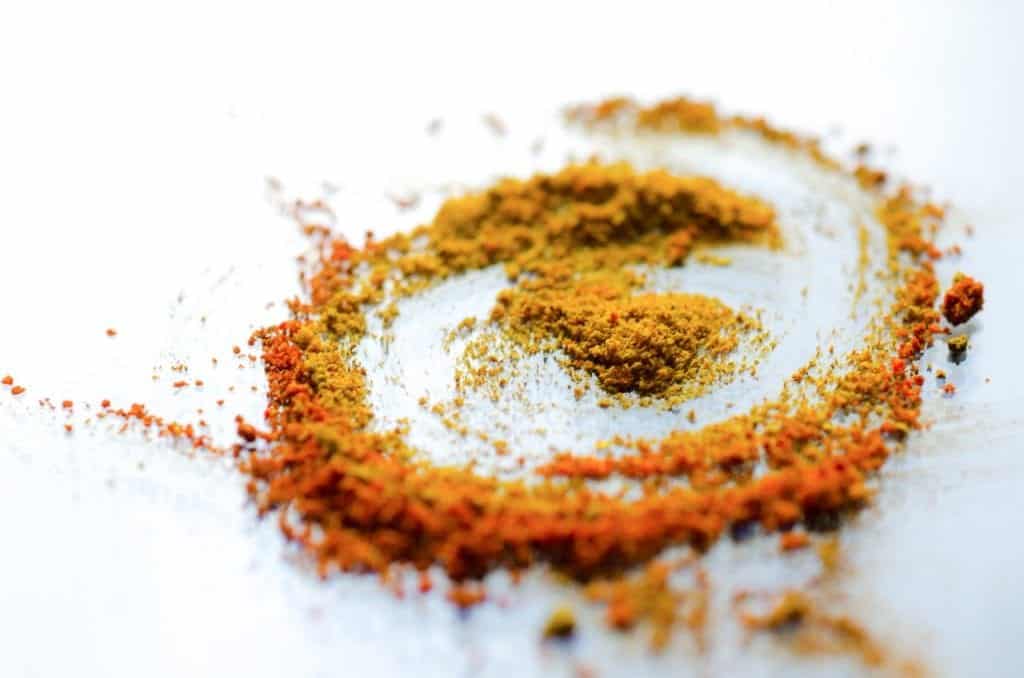August
The 2025 bay scallop season dates have been set.
The Florida Fish and Wildlife Conservation Commission has announced the seasons for recreational boaters to swim, snorkel, and search shallow seagrass waters for delicious bay scallops.
Bay scallops are smaller than sea scallops and, to protect the populations, the seasons are shorter. But many boaters schedule family outings to search the bottom and snatch up these tasty bivalves, and to show the next generation of family members the “where to go” and “how to find them.”
And where are they? Ask the people at the local dive shop. Or, on the water, look to see where most of the boats are anchored or drifting. The limit is two gallons of scallops in the shell or one pint of bay scallops not in the shell.
Here are the 2025 season dates. For more information, visit myfwc.com.
• Gulf County Zone: August 16th to September 24th
• Franklin – NW Taylor County: until September 24th
• Fenholloway – Suwannee River Zone: until Labor Day
• Levy, Citrus, and Hernando counties: until September 24th
• Pasco Zone: until August 18th
If you don’t want to harvest these wild and tasty scallops on your own, then put the Florida Scallop Festival on your must-visit list. It’s at George Core Park in Port St. Joe August 30-31. For details and a list of other Florida seafood festivals, visit floridarambler.com.
Subscribe Here For More Boating Content
Geckofest Plus
Labor Day fireworks are just right for boaters who can anchor up and watch the sky and the water light up with exploding sparkles.
For example, Galveston Island has fireworks on the beach. It’s a tradition, as well as formations of drones in the sky. Go to visitgalveston.com for more information.
Morgan City’s Louisiana Shrimp and Petroleum Festival is a long-running event. This is No. 90, a five-day biggie starting Thursday, August 28th. Blessing of the Fleet is on Sunday. Get more info at shrimpandpetroleum.org.
Then there is the quirky Gulfport Geckofest on Saturday, August 30th. Downtown Gulfport is at the top of Boca Ciega Bay between St. Petersburg and St. Pete Beach, Florida. Anchor close to the seawall and enjoy the vibes. You also can tie up and browse vendor row. If you have any questions, just ask one of those humanoids that looks like a gecko. You might see some real geckos, too, but don’t expect them to answer you. For more information, go to visitstpeteclearwater.com.
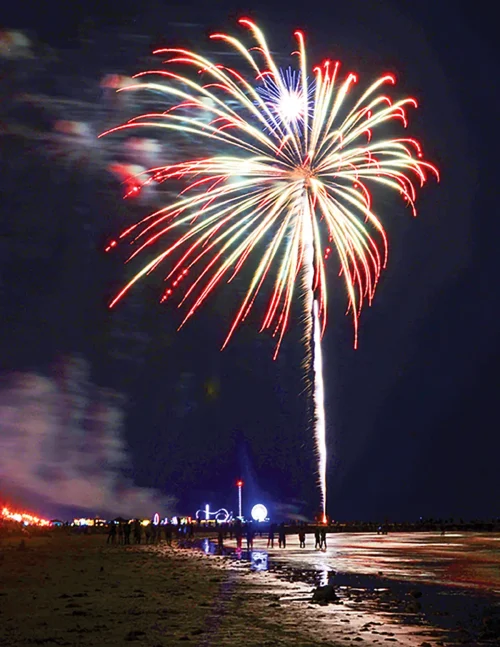
Hippie Day in Tarpon Springs
Waterfront townships have some fun ways to get us to visit. This month, we’re tipping the Captain’s Cap to the sponge capital of the U.S., Tarpon Springs on Florida’s west Gulf Coast, which is hosting Hippie Fest on the downtown Anclote River sponge docks, Saturday, August 16th, from 2PM to 9PM. Throw a hula hoop over your shoulder. Wear your tie-dye T-shirt. For more information, visit spongedocks.net.
-by Bill AuCoin


